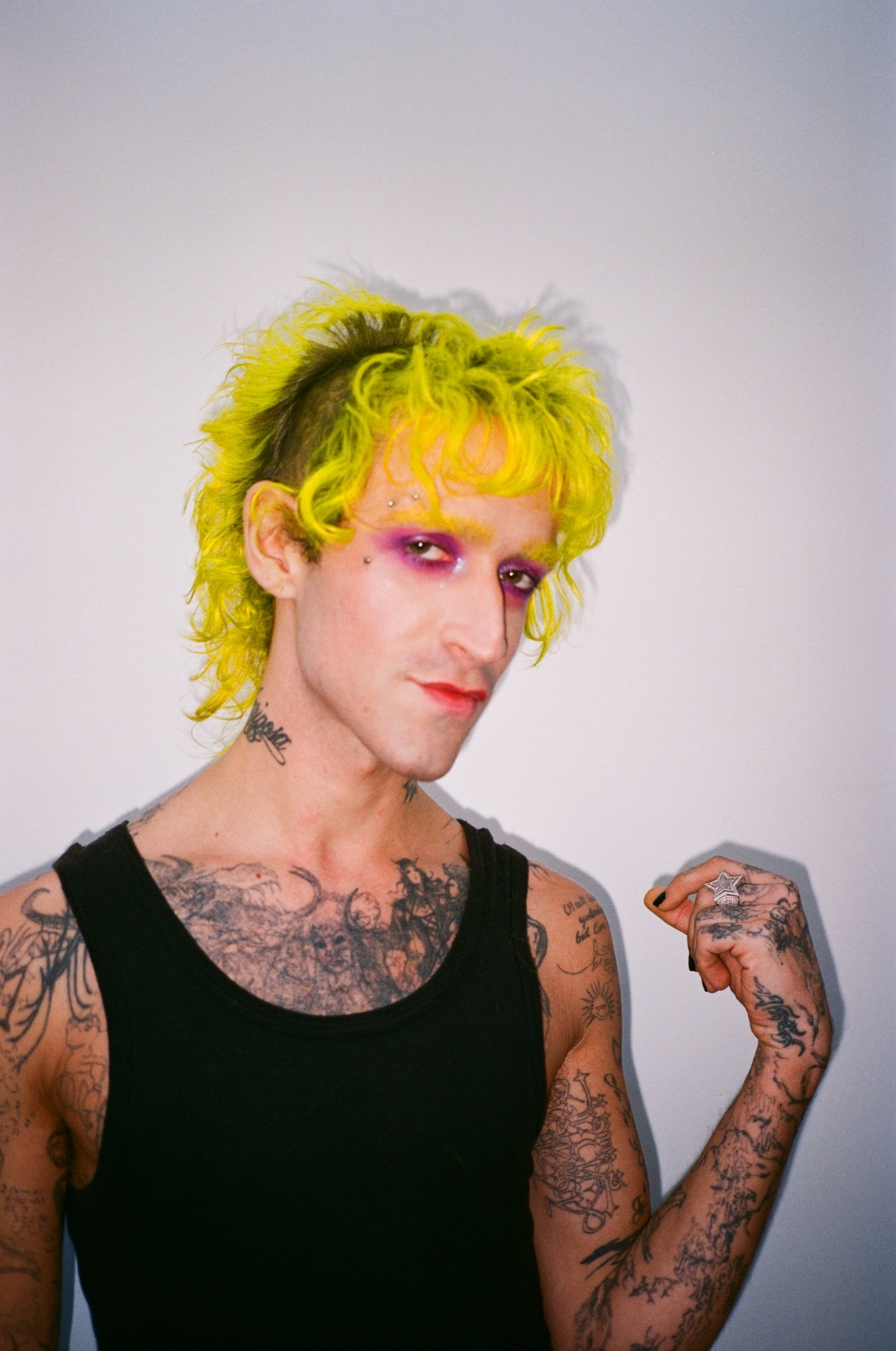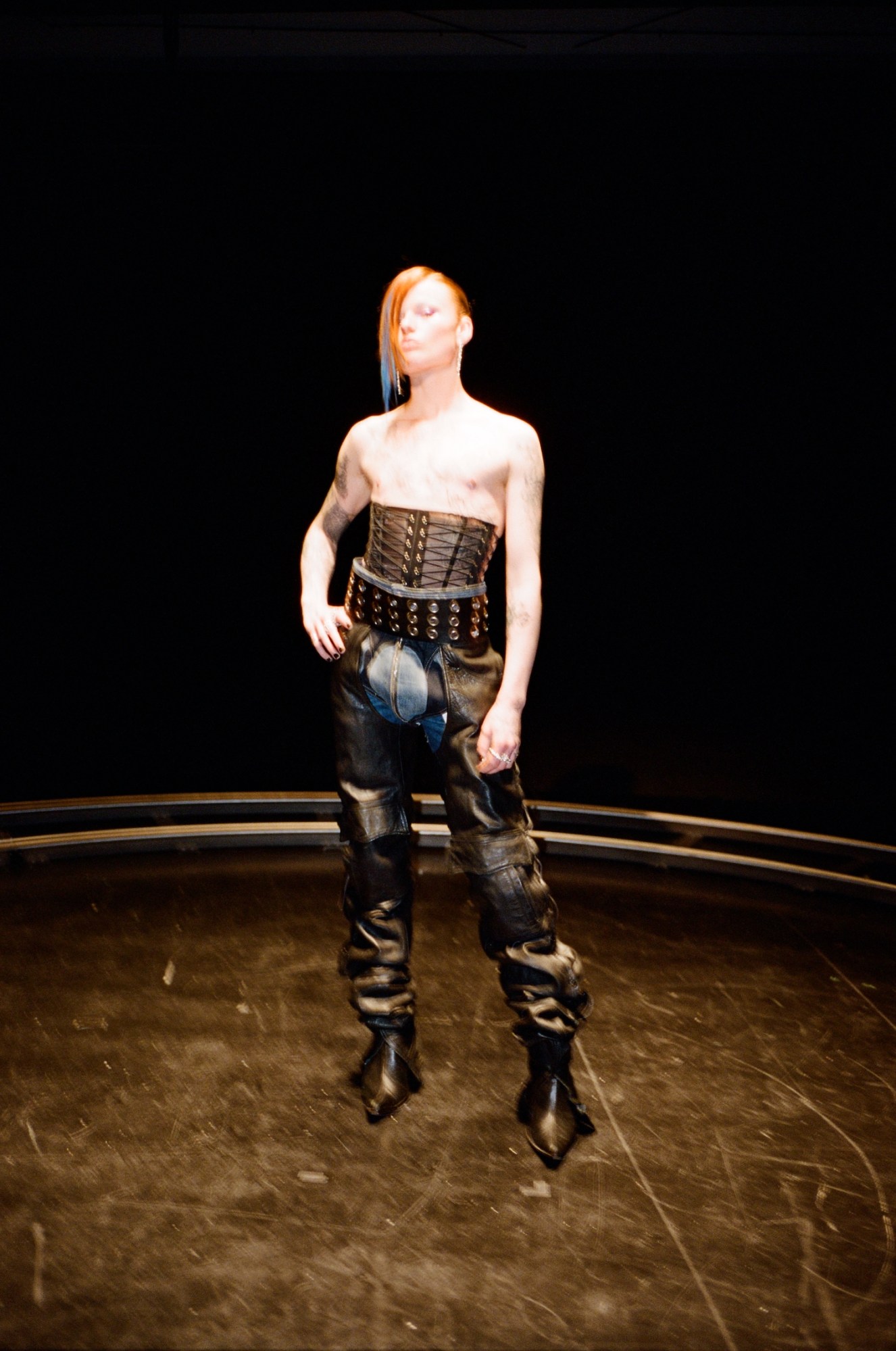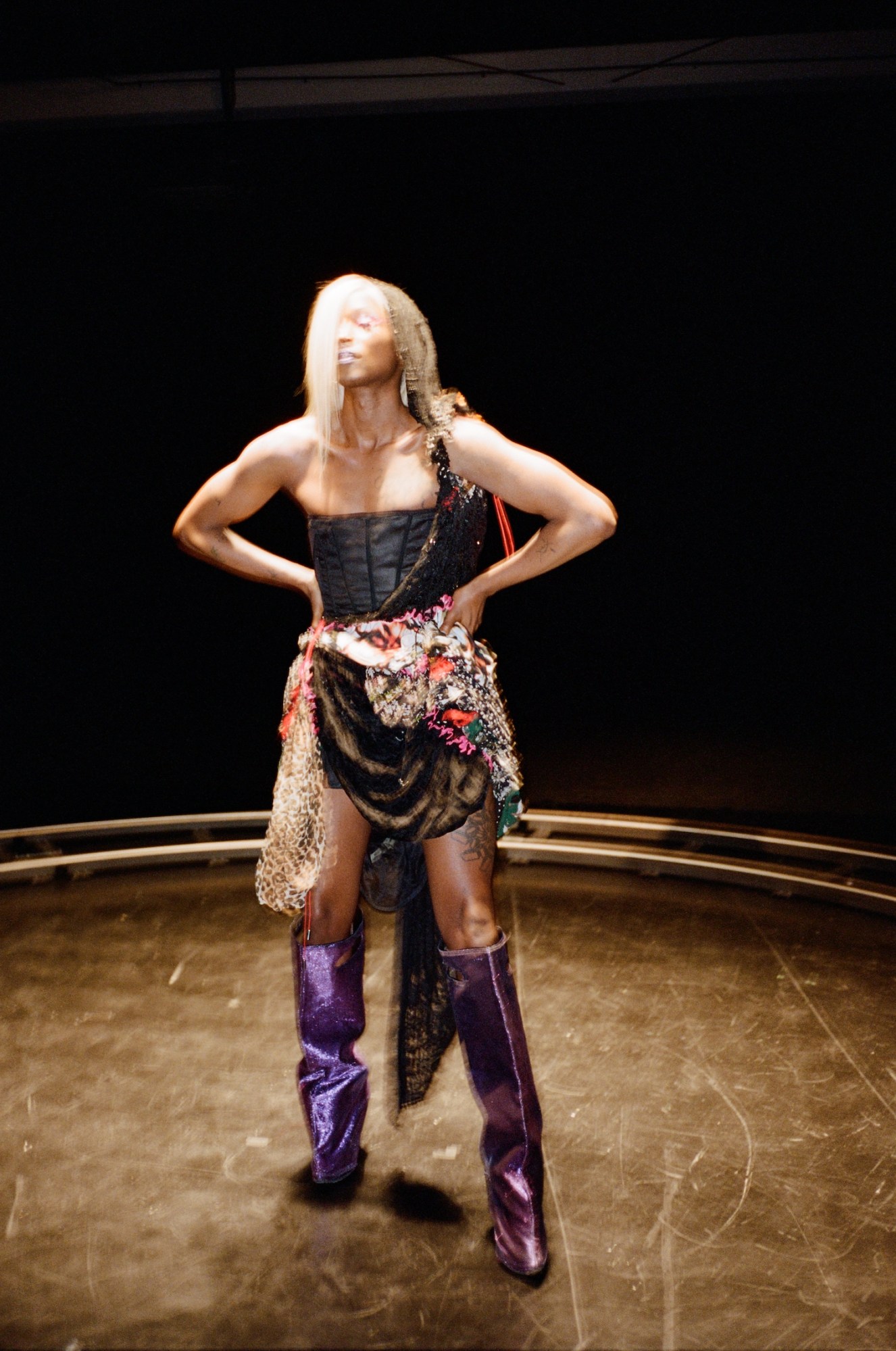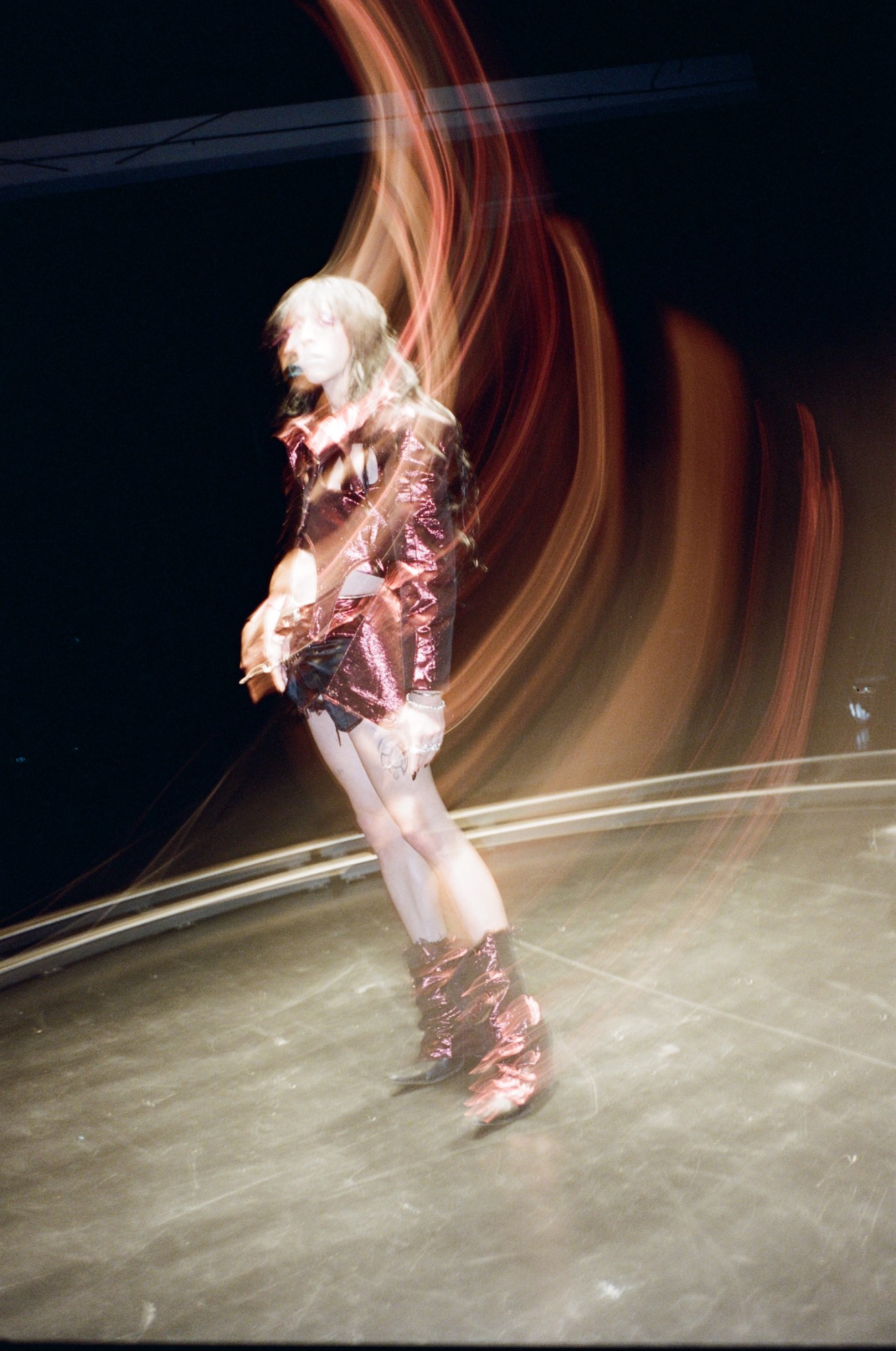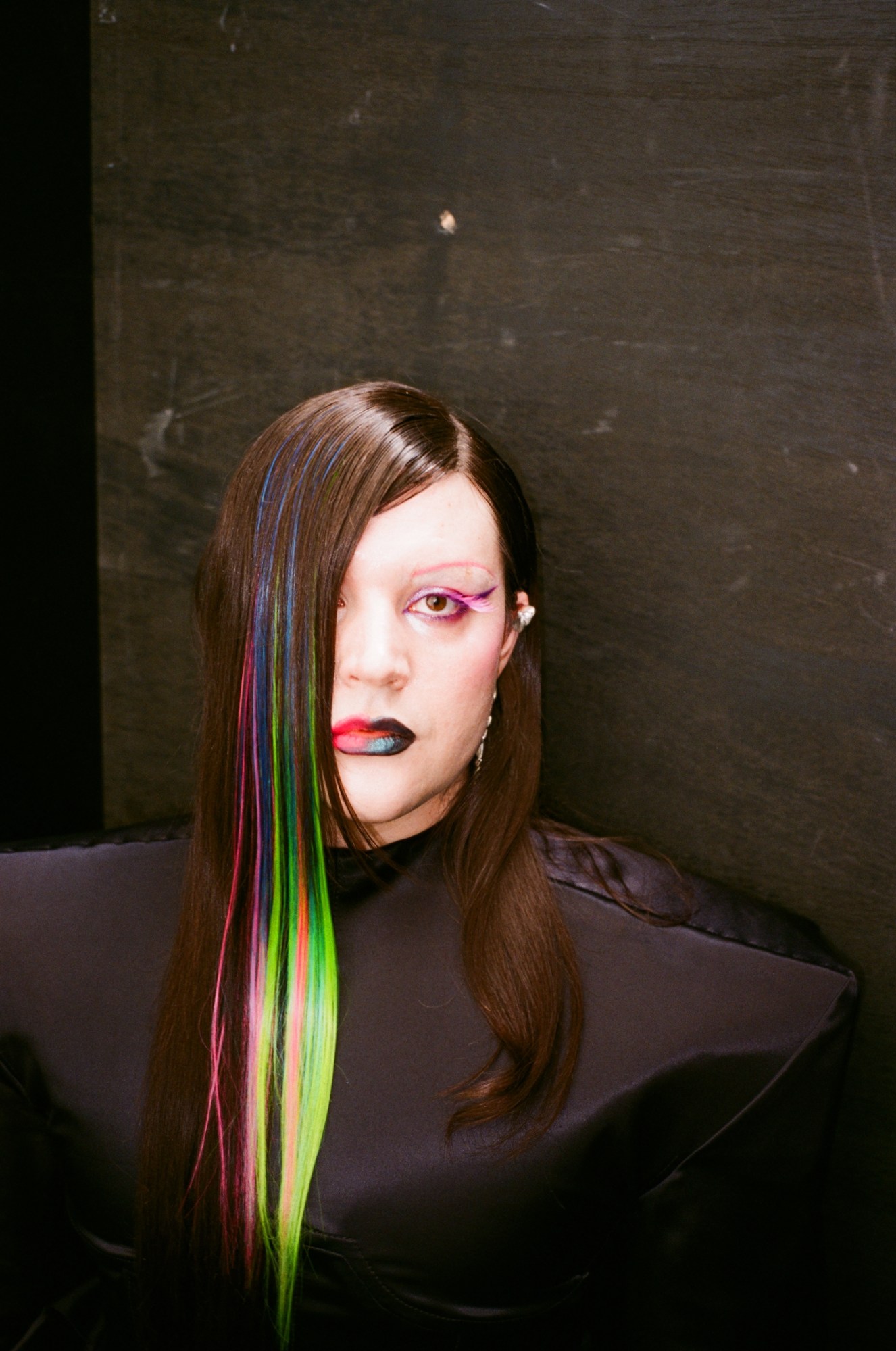It’s no secret that Denmark’s fashion landscape has diversified in recent years, in large part thanks to the efforts implemented by Copenhagen Fashion Week to cultivate an environment in which the sort of irreverent, dream-fuelling fashion you’re more accustomed to seeing come out of London, New York or Tokyo can flourish. Still, it’s not yet top of the list of places you tend to look when on the hunt for firebrand young talent. A designer proving why it should be, though, is Alectra Rothschild, the Copenhagen-based Royal Danish Academy graduate whose work offers a joyfully subversive counterpoint to dominant Danish cultural narratives.
First landing on our radar last summer, when she presented her MA collection as part of her alma mater’s graduate show on the Copenhagen Fashion Week schedule, her work had an immediately seismic impact. While much of the work we saw during the week fell within the clean-lined, staid template that much Danish fashion does – pretty, but practical enough to be able to hop on a pushbike at a second’s notice – Alectra’s presentation felt like a deliciously brazen side-stepping of prim convention. A celebration of the city’s demi-monde – the DJs, artists, drag queens, voguers and night-time socialites that inhabit its thriving nocturnal counterculture – her debut was, as she told us then, “a love letter to the trans community” and the characters that are part of it: ravers, New Romantic-y ‘pirates’, and even a showgirl who closed the show cracking a floor-length ponytail whip.
For her sophomore turn – once again presented on schedule, this time as part of Copenhagen Fashion Week’s NEWTALENT incubator – she took up the director’s chair, creating a high-octane film, produced by inter.agcy, to showcase her latest body of work, RIP Masculina. Shot in a black-out room under glaring spotlights, featuring 00s Christina Aguilera video-worthy motorbike choreo, and set to thumping vogue beat, it offers a holistic insight into both the world that Alectra’s work is born of and the one it hopes to create. Models – members of Alectra’s close circle, including drag queen Proxy Server and model and artist Shami, and Alectra herself – strut and pose with bolshy poise. They wear garments spanning single-breasted, hyper-gathered satin minidresses; ruched crop top and skirt twinsets connected by swooning viscose drapes; cargo-pocketed stonewashed jeans with a cupped crotch and a built-in corset; architectural cutout jackets in claret PVC.
Indeed, that probably sounds like a pretty eclectic mix of aesthetic moods and tones – a mêlée of everything from Delphic drapery to clothes you’d wear to a cruising bar. This plurality, though, is an intentional effect – an active refusal on Alectra’s path to stick to a particular aesthetic narrative. “That was always a problem for me throughout my education,” she says, referring both to her experience studying in Denmark, and to her time studying on the MA at Central Saint Martins in London. “I’ve always been asked to ‘clean things up’, so to speak, but that’s never felt natural to me. Fighting these instincts held me back from producing the work I actually want to make. But I realised that all the people I grew up loving and reference today, like Thierry Mugler and John Galliano, were putting out multiple stories in a collection all the time! Now, I’m like ‘Fuck the clean narrative!’,” she cackles, “Chaos reigns!”

More than a reflection of her process of self-acceptance as a designer, RIP Masculina also mirrors a more personally significant journey that Alectra has undergone over the past few years. “It’s about transitioning,” she says, “about leaving behind a lot of old patterns and a part of my old self.” Indeed, as the collection’s title and sombre palette suggests, there’s a slightly moody, funereal tone to the season’s offering; particularly to pieces like a gown draped from metres and metres (ten, to be precise) of ruched nightshade jersey, and a power-shouldered tailored satin playsuit, worn by Alectra herself. Still, rather than sombre or morbid, the overall tone remains one of empowerment and celebration, she insists, drawing parallels with a scene from the acclaimed Swedish TV series, Torka aldrig tårar utan handskar (Don’t Ever Wipe Tears Without Gloves), a queer drama set in Stockholm in the early 80s, the height of the AIDS epidemic. “One of them plans their own funeral as this big cabaret show, ensuring that there was still a sense of joy amid all the darkness,” she recalls. “Sure, it’s a funeral, but it’s not sad. My work’s not directly referencing that, but it’s definitely tied to this idea that leaving one place in your life doesn’t have to be a gloomy affair.”
This spirit of personal vindication that the collection is charged with is reinforced by the fact that, for the first time, Alectra decided that it was time to create clothes for herself, as well as for her expanding community of friends and fans (which Arca and Michèle Lamy currently count themselves among). “I think that’s what has really changed about my work, putting my own body into it. The more I’ve transitioned, the more I actually started wearing all the stuff I love and make for other people,” she says. “I’ve just loved going to the club in a slutty little get-up, for example, and wearing all these things that I always wanted to, but never did. It’s really shaped how I approach my work now.”
In many ways, Alectra’s work offers solid proof for anyone looking to argue that fashion is, by default, a politicised gesture. Shown against the backdrop of Copenhagen’s relatively conservative fashion culture – which is, you could say, a product of a latent social conservatism – her work almost feel antagonistic, like it’s adamantly fighting to counterpose implicit expectations of what Danish fashion (and, by extension, culture) is about. Alectra’s mission, however, is less about undermining social matrices governed by notions like hygge and lagom, and more about creating a lane for herself and like-minded others entirely separate from them. “I really don’t interact with it, or define myself in relation to this idea of Scandinavian fashion,” she bluntly states. “Of course, having grown up here, I know what the preconceptions around it are, but it’s just never interested me. There’s definitely a sense of homogeneity here — a sense that everyone lives and dresses the same way, but that’s just something that I’ve never done. I’ve always lived my life very differently to that norm – and now, I can say I’m so happy that I have done.”
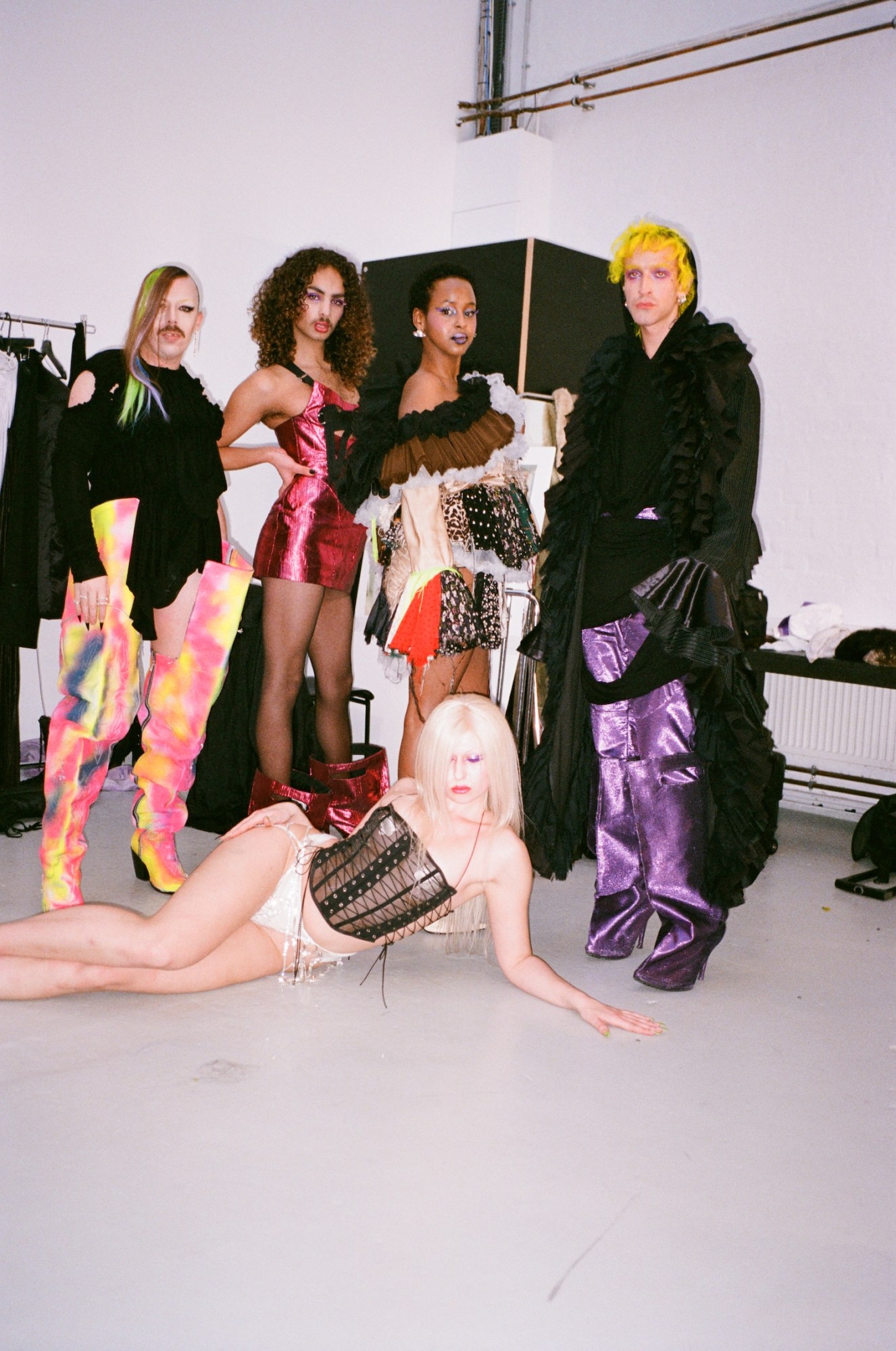
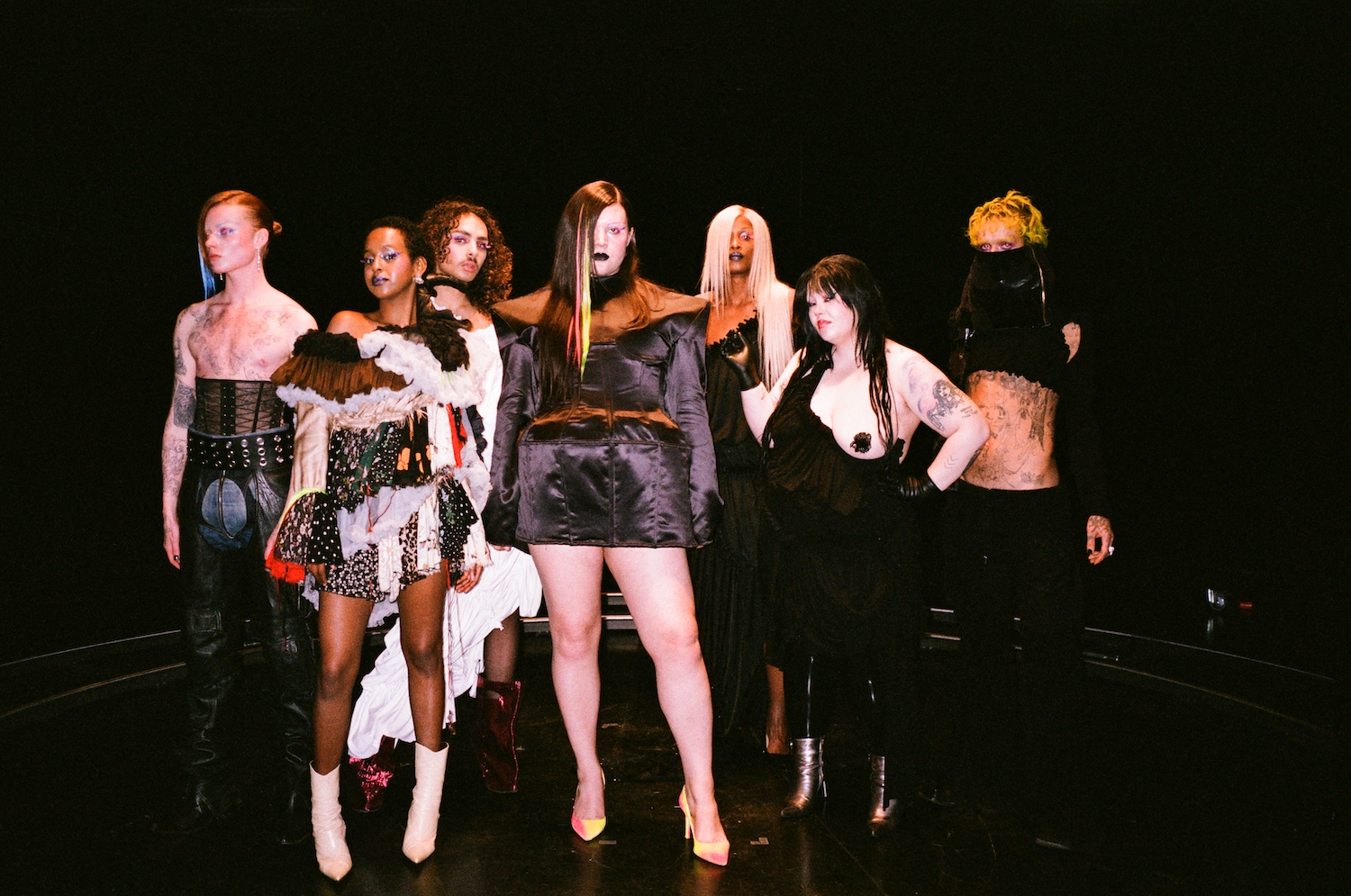
Credits
Photography Noah Umur Kanber



